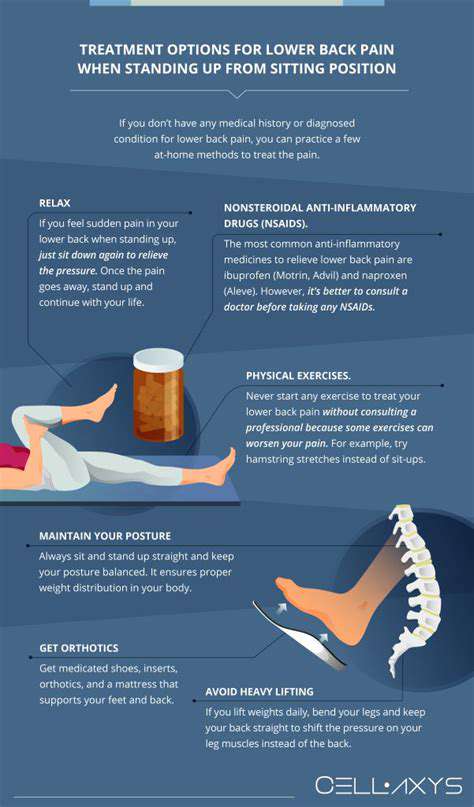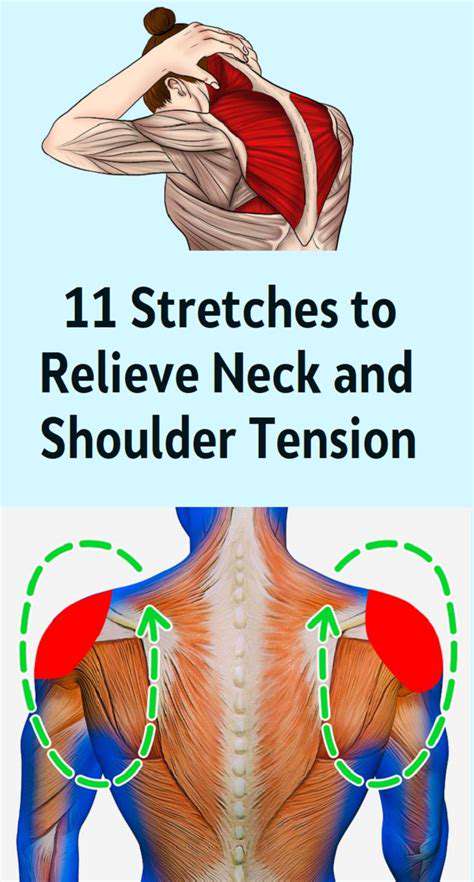Chiropractic Care for Headaches: What Does the Research Say?
Affecting more people than any other type, tension headaches create a distinctive sensation of pressure encircling the head. The connection between emotional stress, muscular tension, and these headaches is well-established, making stress reduction techniques a cornerstone of effective management strategies.
Migraines: A More Intense Experience
Migraines transform headache pain into a debilitating experience, often featuring pulsating discomfort concentrated on one side of the head. What truly sets migraines apart are their accompanying symptoms - nausea, vomiting, and extreme sensitivity to environmental stimuli that can leave sufferers incapacitated for hours or even days.
Cluster Headaches: Intense and Focused Pain
Cluster headaches deliver some of the most severe pain known to medicine, often described as a red-hot poker piercing the eye region. Their cyclical nature - with attacks coming in waves followed by quiet periods - presents unique diagnostic challenges. Recognizing these patterns is crucial for implementing effective treatment strategies during active phases.
Sinus Headaches: A Connection to the Nasal Passages
When sinuses become inflamed, the resulting pressure often translates into distinctive facial pain accompanying the headache. Successful management typically requires addressing the underlying sinus condition, whether it's infection, allergies, or structural issues, rather than just masking the pain symptoms.
Hormonal Headaches: A Potential Link to Cycles
The ebb and flow of hormones, particularly estrogen, can directly influence headache susceptibility in many women. Tracking these patterns often reveals clear connections between hormonal fluctuations and headache onset, enabling more targeted prevention strategies timed to physiological changes.
Secondary Headaches: A Sign of Something More
Unlike primary headaches, secondary types serve as warning signs of underlying pathology. The sudden onset of severe pain or accompanying neurological symptoms demands immediate medical evaluation to rule out potentially life-threatening conditions requiring urgent intervention.
Important Considerations and Caveats
Understanding the Limitations of Chiropractic Care
While chiropractic techniques can provide relief for certain headache types, their effectiveness has boundaries. These adjustments primarily influence musculoskeletal structures, meaning headaches originating from other systems - like vascular or neurological causes - may not respond. A comprehensive evaluation is essential to determine if spinal manipulation aligns with the headache's root cause.
Addressing Underlying Medical Conditions
Chiropractic care should complement, not replace, traditional medical evaluation for persistent headaches. Many serious conditions first manifest as headache symptoms, making professional medical assessment critical before pursuing any complementary therapies. This step becomes particularly crucial when headaches present with unusual features or resist typical treatments.
The Importance of a Comprehensive Approach
Successful long-term headache management rarely stems from a single intervention. Combining chiropractic care with lifestyle modifications, stress reduction techniques, and other therapeutic modalities often yields superior results. This integrated approach addresses the multifaceted nature of headache disorders rather than focusing solely on symptom relief.
Proper Selection of a Qualified Chiropractor
Not all chiropractic practitioners possess equal expertise in headache management. Seeking providers with specific training in headache disorders and a track record of successful outcomes significantly improves the chances of beneficial results. The initial consultation should include thorough questioning about headache patterns and a clear explanation of proposed treatment rationale.
Potential Side Effects and Risks
While generally low-risk, chiropractic adjustments aren't without potential complications. Some patients report temporary soreness or stiffness following treatment, while rare cases may experience more serious effects. Full disclosure of medical history and prompt reporting of any adverse reactions helps ensure safe treatment progression and appropriate modification when needed.







